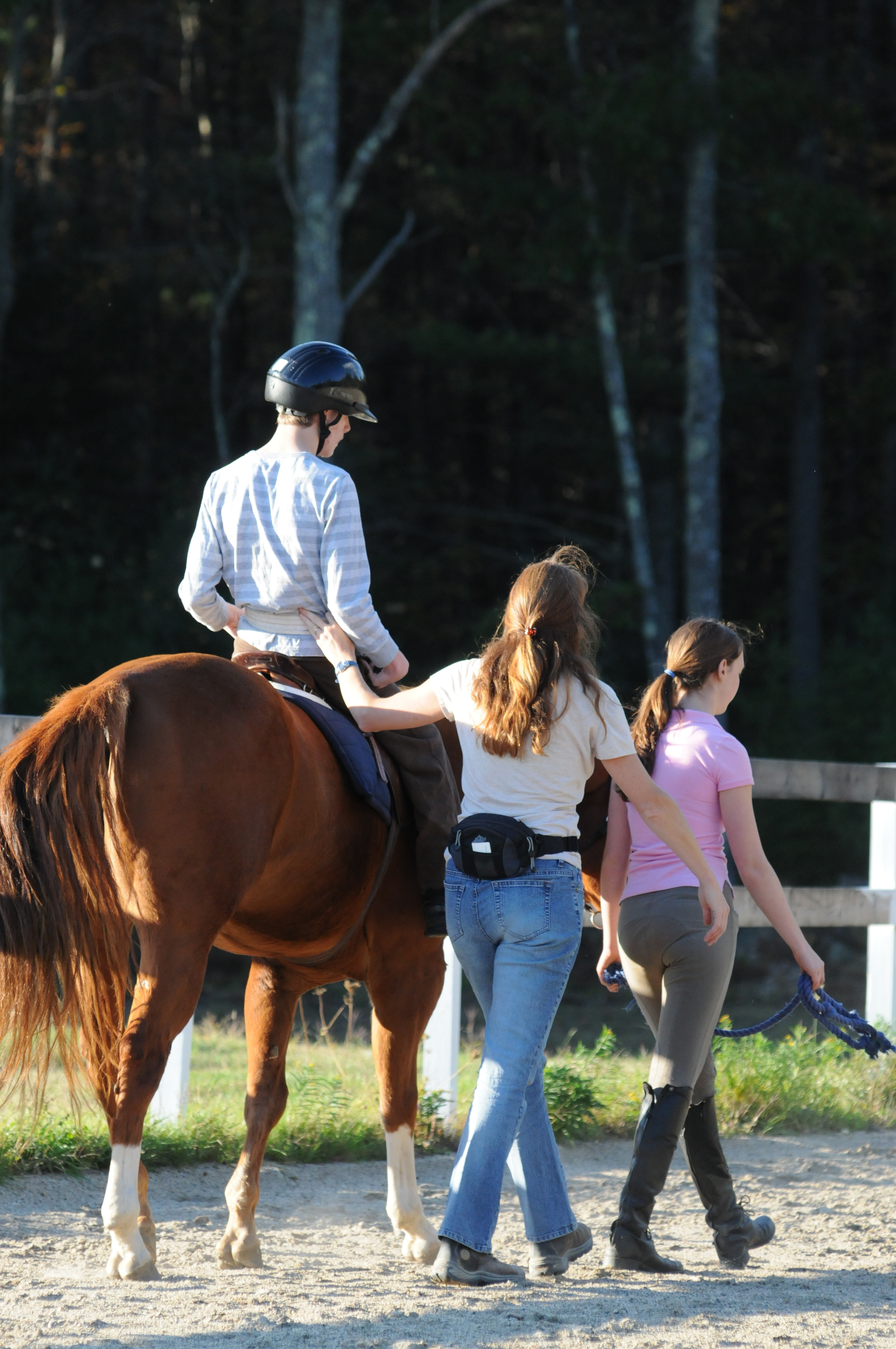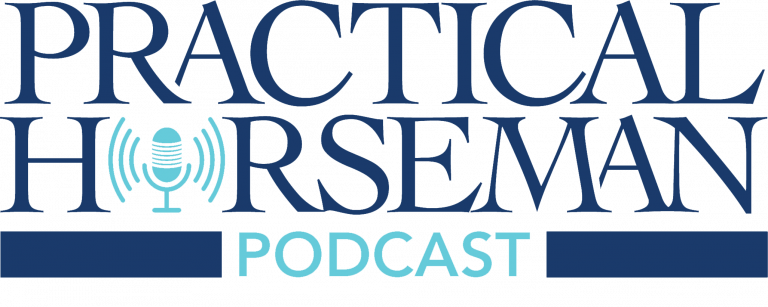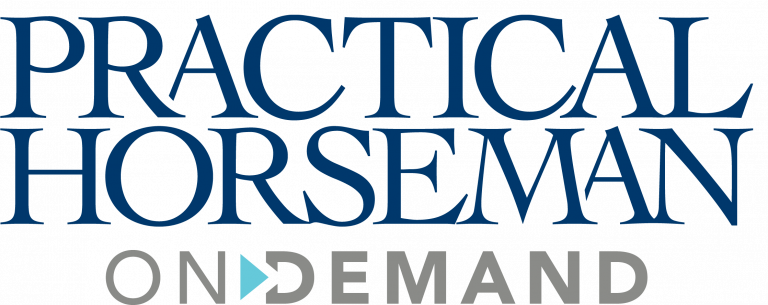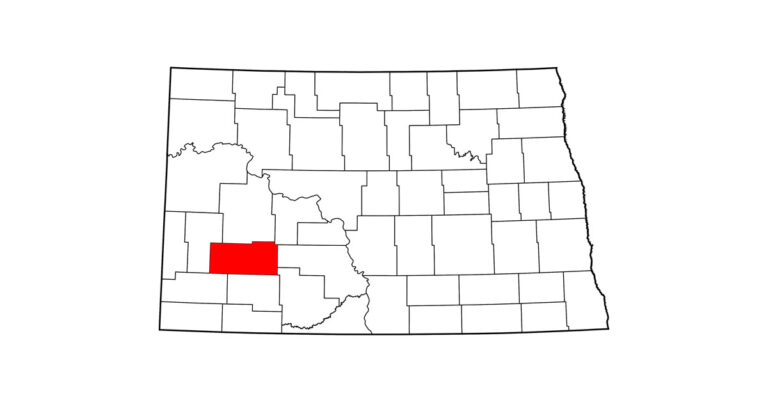
We know that horses can have therapeutic effects on humans in numerous ways. But how does therapeutic riding affect the horse’s welfare? Is it a healthy occupation for our equine friends? A group with the University of Missouri-Columbia College of Veterinary Medicine Research Center for Human-Animal Interaction wanted to find out.
The team, led by the center’s director, Rebecca A. Johnson, PhD, RN, FAAN, FNAP, piggybacked this study onto work it was already doing with military veterans. The veterans suffer from post-traumatic stress disorder (PTSD) and were participating in a therapeutic riding program at the Clear Creek Therapeutic Riding Center.
Five horses were included in the study, which was broken into two six-week sessions. In Session 1, the horses were ridden by the veterans. In Session 2, they were ridden by experienced equestrians. Dr. Johnson and her colleagues measured the horses’ physiological stress indicators, including plasma adrenocorticotropic hormone, glucose, cortisol levels and behavioral biomarkers. In each session, blood was drawn at multiple intervals: on a resting day; before riding on Weeks 1, 3 and 6; after tacking up; and after each riding class. Behavioral biomarkers were evaluated before each blood draw.
The researchers found that when the veterans were in the saddle, the therapy horses’ cortisol levels were higher before and after riding than on the resting day, while it was just the opposite with the experienced equestrians. Glucose levels, on the other hand, actually dropped after the veterans rode, compared to the resting day.
Overall, both cortisol and glucose levels tended to be higher with the veterans than with the experienced riders. However, the horses’ stress behavior scores were significantly lower with veterans versus experience riders.
Although the results were mixed, the researchers noted that all stress indicators remained within normal ranges for both groups. They concluded that carrying riders with a disability does not stress the horses or negatively impact their welfare—which sets up a win–win–win situation for the riders, the horses and the therapy programs.
This article was originally published in the September 2017 issue of Practical Horseman.









